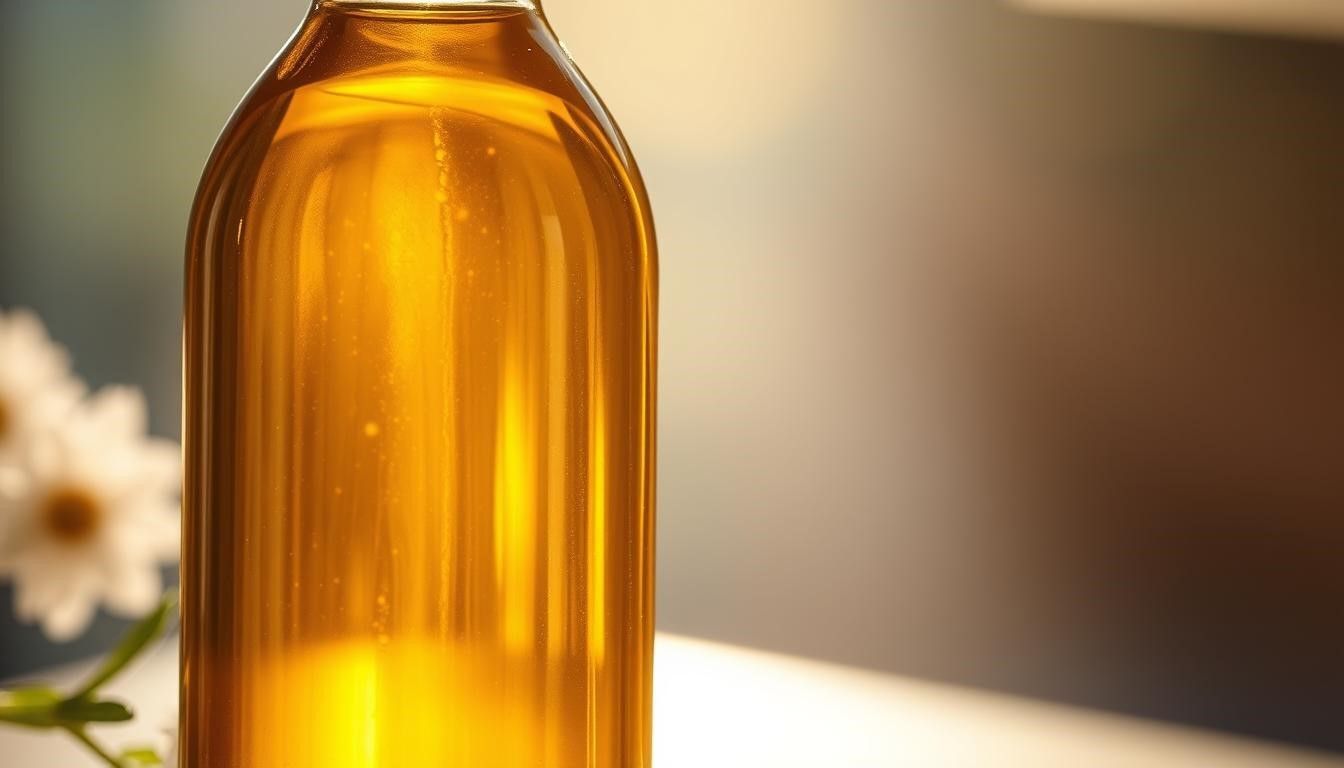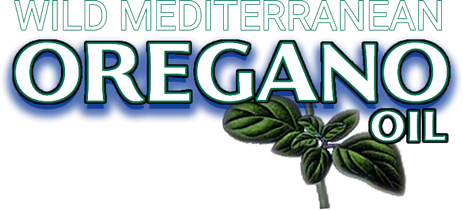Oregano Essential Oil-infused Mucin Microneedle Patch for the Treatment of Hypertrophic Scar
Oregano essential oil-infused mucin microneedle patch for the treatment of hypertrophic scar
Ayesha Younas, Muhammad Asad, Xiangling Wan, Yuzhen Zhang, Xuejing Ma, Lei Wang, Huan Gu, Hongtao Shang, Nan Zhang
Abstract
Hypertrophic scar (HS) manifests as abnormal dermal myofibroblast proliferation and excessive collagen deposition, leading to raised scars and significant physical, psychological, and financial burdens for patients. HS is difficult to cure in the clinic and current therapies lead to recurrence, pain, and side effects. In this study, a natural amphiphilic polymer mucin is used to prepare a dissolving microneedle (muMN) that is loaded with oregano essential oil (OEO) for HS therapy. muMN exhibits sufficient skin/scar tissue penetration, quick skin recovery time after removal, good loading of natural essential oil, fast dissolution and detachment from the base layer, and good biocompatibility to applied skin. In the rabbit HS model, OEO@muMN shows a significant reduction in scar thickness, epidermal thickness index, and scar elevation index. OEO@muMN also attenuates the mean collagen area fraction and decreases the number of capillaries in scar tissues. Biochemical Assay reveals that OEO@muMN significantly inhibits the expression of transforming growth factor-β1 (TGF-β1) and hydroxyproline (HYP). In summary, this study demonstrates the feasibility and good efficacy of using the anti-proliferative and anti-oxidative OEO for HS treatment. OEO@muMN is an efficient formulation that holds the potential for clinical anti-HS application. muMN is an efficient platform to load and apply essential oils transdermally.

Introduction
Hypertrophic scars (HS) are usually caused by aberrant skin recovery from burns, surgery, trauma, or severe acne, characterized by thickened dermal and epidermal layers with dysfunctional stratum corneum. HS primarily arises from excessive inflammation, abnormal proliferation of dermal fibroblasts, irregularities in the extracellular matrix, as well as the dysregulation of cytokine and growth factor signaling during skin healing. Individuals with extensive scars often experience a range of medical, psychological, and aesthetic challenges, including discomfort, pruritus, and skin stiffness (Lin et al., 2019). Typical treatments for HS include surgical excision, laser therapy, radiation, silicon sheeting, pressure dressings, corticosteroid creams or injections, etc. However, these therapies frequently encounter limited efficacy, high recurrence rates, and side effects such as discomfort, uneven drug distribution, depigmentation of skin, skin or subdermal atrophy, angiotelectasis, calcification, and rupture at the administration areas (Gauglitz et al., 2011, Zhang et al., 2022).
Current options of therapeutics for HS treatment are limited to glucocorticoids and chemotherapies, which cannot meet the dynamic and complicated demands during scar repair. Therapeutics that are anti-proliferative, anti-inflammatory, and anti-bacterial for anti-HS treatment are barely reported. Essential oils derived from plants are potential therapeutics with multiple biological effects and may show high efficacy for anti-HS treatment. Among the various plant essential oils, Oregano essential oil (OEO), derived from oregano (Origanum vulgare) belonging to the Lamiaceae family, has been shown to possess anti-proliferative, anti-oxidative, and anti-bacterial functions. OEO is rich in phenolic compounds, notably γ-terpinene, carvacrol, and thymol and is recognized as “Generally Recognized as Safe” by the US Food and Drug Administration (Regulation No: 172.515). Consequently, OEO has been incorporated into nanoemulsions (Lee et al., 2019), films (Lin et al., 2020, Muriel-Galet et al., 2015, Oun et al., 2022), microcapsules (de Medeiros et al., 2019), nanocubosommes (Hosny et al., 2022), etc. to treat cancer (Perumalsamy et al., 2022), infection (Manaa et al., 2022), and oxidative stress (Lee et al., 2019, Muriel-Galet et al., 2015). Since HS is featured with fibroblast over proliferation, high ROS level, and high risk of infection, this study hypothesizes that the multifunctional OEO may be an effective therapy for anti-HS treatment. However, transdermal application of essential oils is challenging due to the skin barrier, greasy residue, unpleasant odor, staining, and volatility. Recent studies have shown promising strategies for transdermal delivery of essential oils using dissolving microneedles. For example, cinnamon oil was encapsulated in nanocapsules and integrated into hyaluronic acid microneedles (Hou et al., 2023). Similarly, further OEO formulation is also necessary to address these issues and facilitate its effective application.
Among the many transdermal formulations, microneedle patches not only hold the merits of dressings but also possess the functions of more uniform intradermal injection. Microneedle patches are painless, self-administered, minimally invasive, and cost-efficient (Zhang et al., 2022, Younas et al., 2023, Shang et al., 2022, Hao et al., 2023). Moreover, the microneedles can break collagen fibers after insertion and reduce the high mechanical stress of the scar microenvironment, which helps to remodel scar tissues and shows benefits for scar inhibition (Juhasz and Cohen, 2020, Zhang et al., 2022). These advantages reveal the potential of microneedle patches for anti-HS treatment. There are various types of microneedles, including solid, coated, hollow, and dissolving microneedles. Among these, dissolving microneedles stand out for their excellent biocompatibility, biodegradability, and high drug-loading capacity, making them particularly advantageous for anti-HS treatment (Mbituyimana et al., 2023, Wu et al., 2021). Supporting this, studies have shown that, quercetin-loaded diphenyl carbonate cross-linked cyclodextrin metal–organic framework, coated with a HS fibroblast membrane, was incorporated into dissolvable microneedles to actively target and treat HS, enhancing local delivery and therapeutic efficacy (Wu et al., 2021).
For dissolving microneedles, material selection is critical as it determines the microneedles' mechanical strength, drug loading capacity (for hydrophilic or hydrophobic drugs), and the drug release profile (whether fast or sustained) (Bauleth-Ramos et al., 2023). Mucin, a major glycoprotein of mucus, has been utilized to produce hydrogels and nanoparticles for drug delivery. Mucin is intrinsically biocompatible and contains diverse functional groups. Moreover, mucin-based systems can load both hydrophobic and hydrophilic therapeutics because of the amphiphilic nature of mucin (Jin et al., 2023, Chen et al., 2023, Marczynski et al., 2021, Bansil and Turner, 2018). These properties endow mucin with great potential to prepare microneedles for anti-HS treatment. Besides the microneedles, backing layers of microneedle patches are the bases where microneedles are attached. Our group has previously used ethyl cellulose (EC) to produce a flexible, detachable, biocompatible, and protective backing layer, which is also very suitable to apply to HS treatment (Zhang et al., 2022, Cao et al., 2021).
Therefore, in this study, OEO is infused into a mucin solution and subsequently fabricated into mucin microneedles with an EC-based backing layer (OEO@muMN). OEO@muMN is further characterized by its morphology, mechanical strength, skin insertion, skin recovery after insertion, and dissolution. It is then assessed in vitro for its biocompatibility to cells and skin, and its anti-proliferative effect on fibroblasts and vascular endothelial cells. Finally, OEO@muMN is evaluated in a rabbit ear scar model for its anti-HS efficacy and mechanism. The findings will highlight the potential of OEO as a new therapy and muMN as a new delivery platform for anti-HS treatment.
As posted at ScienceDirect
Materials
Mucin powder (porcine stomach source) was supplied by Yuanye Biotechnology Co., Ltd. (Shanghai, China). Ethyl cellulose (C20H38O11) was purchased from Tianjin Kermel Chemical Reagent (Tianjin, China). Oregano essential oil (main components: γ-terpinene Mw: 136.238 g/mol, carvacrol Mw: 150.217 g/mol, and thymol Mw: 150.22 g/mol) was received from Huamu Biotechnology Co., Ltd. (Nanyang, China). Regular Agarose G-10 was purchased from BIOWEST (Nuaille, France). Mouse fibroblast L929 cells and
Morphological, weight, and thickness studies
muMN prepared with different concentrations were examined using an optical microscope. All three concentrations of mucin solution could produce muMN but 20 % of mucin solution produced the most uniform, symmetric, and smooth microneedles (Fig. 2a, 2b). Further details were observed using SEM. In the image, the microneedles prepared by 20 % of mucin solution demonstrated a cone shape and 680 µm in length, tightly attached to the 10 % of EC-based backing layer (Fig. 2c). The backing layer is
Conclusion
In this study, muMN was successfully prepared and showed good characteristics as a transdermal delivery system, which demonstrated the feasibility of using mucin to fabricate robust and uniform microneedles. muMN could efficiently load hydrophobic and volatile OEO to deliver OEO accurately and evenly, which solved the delivery difficulties of OEO. With the utilization of muMN, the anti-proliferative effect and the anti-HS efficacy of OEO were shown in vitro and in vivo respectively. OEOH@muMN
References (31)
R. Bansil et al.
The biology of mucus: composition, synthesis and organization
Adv. Drug Deliv. Rev.
(2018)
T. Bauleth-Ramos et al.
Recent approaches for enhancing the performance of dissolving microneedles in drug delivery applications
Mater. Today
(2023)
J. Cao et al.
Novel DEK-targeting aptamer delivered by a hydrogel microneedle attenuates collagen-induced arthritis
Mol. Pharm.
(2021)
S. Chen et al.
Early osteoimmunomodulation by mucin hydrogels augments the healing and revascularization of rat critical-size calvarial bone defects
Bioact. Mater.
(2023)
R. Hao et al.
Transdermal delivery of Protocatechuic aldehyde using hyaluronic acid/gelatin-based microneedles for the prevention and treatment of hypertrophic scars
Eur. J. Pharm. Biopharm.
(2023)
X. Hou et al.
Natural food-derived materials fabricated nanocapsules-dissolving microneedles system for treating primary dysmenorrhea
Food Hydrocoll.
(2023)
J.Y. Lee et al.
Antibacterial and antioxidant properties of hydroxypropyl methylcellulose-based active composite films incorporating oregano essential oil nanoemulsions
LWT
(2019)
S. Lin et al.
Strategy for hypertrophic scar therapy: improved delivery of triamcinolone acetonide using mechanically robust tip-concentrated dissolving microneedle array
J. Control. Release
(2019)
A.O. Manaa et al.
Oregano oil-nanoemulsions: Formulation and evaluation of antibacterial and anticancer potentials
J. Drug Delivery Sci. Technol.
(2022)
M. Marczynski et al.
Purified mucins in drug delivery research
Adv. Drug Deliv. Rev.
(2021)
B. Mbituyimana et al.
Microneedle-mediated drug delivery for scar prevention and treatment
Drug Discov. Today
(2023)
V. Muriel-Galet et al.
Antioxidant and antimicrobial properties of ethylene vinyl alcohol copolymer films based on the release of oregano essential oil and green tea extract components
J. Food Eng.
(2015)
A.A. Oun et al.
Multifunctional poly (vinyl alcohol) films using cellulose nanocrystals/oregano and cellulose nanocrystals/cinnamon Pickering emulsions: Effect of oil type and concentration
Int. J. Biol. Macromol.
(2022)
A. Younas et al.
A chitosan/fucoidan nanoparticle-loaded pullulan microneedle patch for differential drug release to promote wound healing
Carbohydr. Polym.
(2023)
J. Cao et al.
Microneedle-Assisted Transdermal Delivery of Etanercept for Rheumatoid Arthritis Treatment
Pharmaceutics
(2019)
There are more references available in the full text version of this article.
CRediT authorship contribution statement
Ayesha Younas: Writing – original draft, Visualization, Validation, Software, Resources, Methodology, Investigation, Conceptualization. Muhammad Asad: Software, Resources, Investigation. Xiangling Wan: Methodology, Investigation. Yuzhen Zhang: Methodology, Investigation. Xuejing Ma: Methodology, Investigation. Lei Wang: Writing – review & editing, Supervision, Software, Resources, Project administration, Conceptualization. Huan Gu: Writing – review & editing, Supervision, Project
Declaration of competing interest
The authors declare that they have no known competing financial interests or personal relationships that could have appeared to influence the work reported in this paper.
Acknowledgement
We sincerely thank the support from National Natural Science Foundation of China (No. 32200766).



